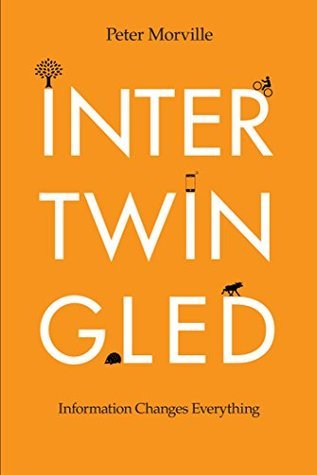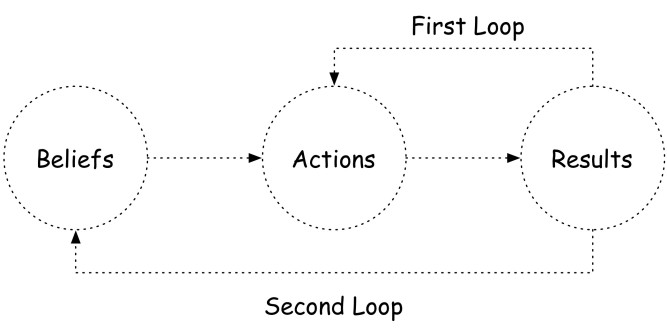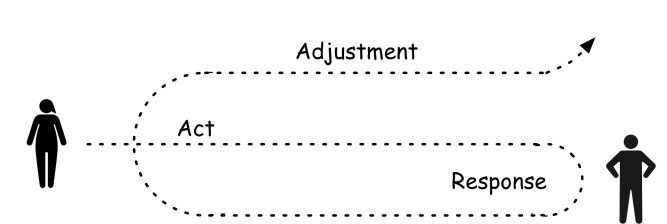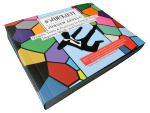Mads Troels Hansen had a some challenging questions for me in this hangout, such as...…

3 Questions for Peter Morville about Intertwingled
Recently, I read the brand new book Intertwingled, by Peter Morville.
I liked it a lot! This was my tweet-size review:
Loved the stories and insights. It’s not only about information. It’s about life.
Peter’s book raised a few questions for me, and I decided to ask Peter for the answers. This is his reply:
Hi Peter!
1) It seems you aim for a balanced approach between iterating-without-planning (extreme Agile) and planning-without-iterating (BDUF). How can I know that I do “just-enough” planning in my designs? How do I prevent erring with either too much or too little planning or iterating?
There’s obvious value in structured, team-oriented methods such as Agile, but the expertise and experience of individuals is important too. We learn how to strike the right balance between planning and iterating through trial-and-error over time. As an information architect, I’m much better at this balancing act now than when I began my career twenty years ago. Of course, that’s only because I’ve been willing to learn from mistakes. I’m a fan of Chris Argyris’ model of double-loop learning. In loop one, we adjust our actions based on feedback. In loop two, we change our beliefs. The combination of both enables us to get better at getting better.
2) The Agile and Lean Startup approaches suggest that we release our designs often so that we can validate their value faster. But each of our actions invites a reaction and changes the environment. Could there be valid reasons to withold a design and offer things to users later rather than earlier?
This reminds me of another loop. Karl Weick argues that the double-interact loop is the basic unit of sensemaking in organizations. An interact exists when an act by person A evokes a response by person B. A double loop is created by A’s reaction to B’s response. This is how meaning is made in the world and on the web. In software development and user experience design, the act of releasing a feature is irrevocable. Sure, you can remove the feature later, but it may not be as easy as you think, and there will be consequences.
3) You’re a runner, like me! 🙂 What lessons have you learned from running that you see as great analogies with the way people and organizatons build, design and release products?
The year I turned 40, I ran my first marathon in 3 hours, 8 minutes, 53 seconds. A 7:12 pace is pretty fast for a first-timer. Many marathoners train by running 50 to 100 miles per week. These programs are grueling, take a lot of time, and often result in injury. I knew that wasn’t for me. So I did some research and found a book called Run Less, Run Faster, with a scientific training program that helped me qualify for the Boston Marathon by running only three days a week. To be fair, it was hard work, and my brother supplied motivation by telling me it couldn’t be done. But I would never have succeeded without finding that book. Running is among the most natural things we do, but when we add the right information, we do it better. I find this to be true in all areas of life, and it certainly applies to software development and web design. I ascribe to the genius of the AND. I believe in working hard AND working smart. There’s always a better way.
Awesome, thanks Peter! Get your own copy of Intertwingled here.








